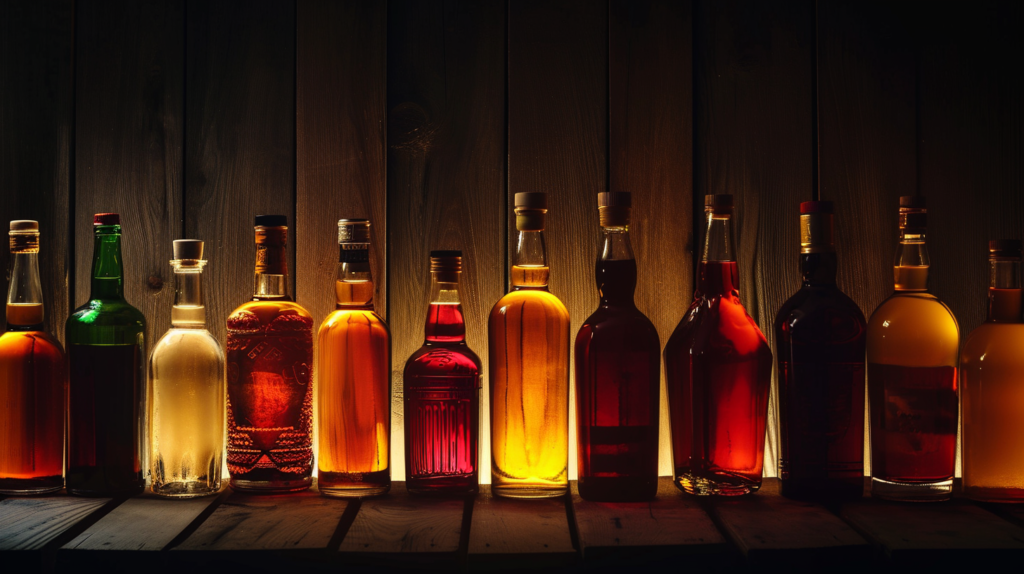In the landscape of alcohol consumption, various terms describe drinking patterns, but ‘brown out drinking’ often flies under the radar. At The Bluffs Addiction Campuses in Ohio, we believe in empowering our community with knowledge. This article delves into the nuances of brown out drinking, its relation to other forms of alcohol use, and the importance of recognizing its signs.
Understanding Brown Out Drinking
Brown out drinking sits in a gray area between moderate alcohol consumption and a full blackout. This phenomenon involves drinking enough alcohol to impair memory and cognitive functions, but not to the extent where one loses all memory of events. People experiencing a brown out might have vague or fragmented memories of their activities while under the influence, often recalling them with difficulty and only when prompted.

Relation to Problematic Drinking
Brown out drinking is a significant red flag for problematic alcohol use. It often occurs due to excessive alcohol consumption, serving as a warning sign for potential alcohol abuse or dependency. Recognizing brownouts is crucial in identifying and addressing the early stages of problematic drinking behaviors before they escalate.
Excessive and Heavy Drinking
Excessive drinking encompasses various patterns of alcohol consumption that go beyond the recommended limits. According to the CDC, heavy drinking is consuming 15 or more drinks per week for men and 8 or more for women. Such patterns of drinking are risky and can lead to serious health issues, including liver disease, heart problems, and an increased risk of accidents and injuries.
Moderate Drinking and CDC Guidelines
Moderate drinking, as per CDC guidelines, refers to up to one drink per day for women and two drinks per day for men. This level of consumption is considered lower risk, but it’s essential to understand that no alcohol use is entirely risk-free. It’s about finding a balance and understanding one’s limits.
The Dangers of Brown Out Drinking
The insidious nature of brown out drinking lies in its subtlety. Unlike a full blackout, which is more easily recognized as a problem, brown outs can be misleading, causing individuals to underestimate their impairment. This underestimation can lead to dangerous situations, such as drunk driving, risky decision-making, and engaging in unsafe behaviors.
Seeking Help
At The Bluffs, we emphasize the importance of recognizing the early signs of problematic drinking. Brown out drinking might seem less severe than other forms, but it’s often a step towards more serious alcohol-related issues. Our dedicated team provides support and treatment for those struggling with alcohol use, helping them to recover and thrive in a supportive environment.

Understanding the spectrum of alcohol consumption, from moderate drinking to brown out and heavy drinking, is crucial for maintaining health and wellness. If you’re concerned about your drinking habits or those of someone you care about, it’s important to seek help.
Get Help Today
If you or someone you know is experiencing signs of problematic drinking, reach out to The Bluffs Addiction Campuses. Call us at (330) 919-9228. Remember, at The Bluffs, you can recover and thrive. We’re here to help you every step of the way.








